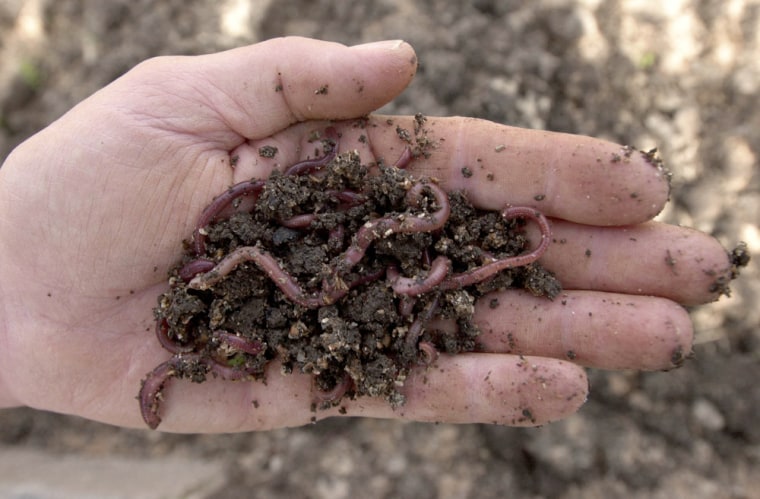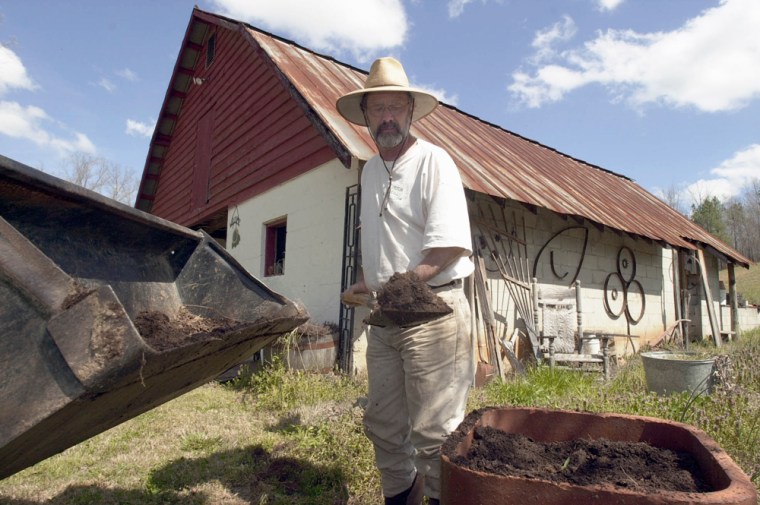They sound a lot like your mother.
Stop scarfing. Slow down when you eat. Savor those home-cooked dinners made of homegrown vegetables.
They are the 12,000 dues-paying members of Slow Food USA. You might call them the Anti-Fast Food, but they don’t boycott McDonald’s.
Slow Food is an international movement that urges people to find time for meals made from scratch. It also extols the benefits of regional traditions and recipes using all-natural foods grown by local farmers.
“It’s about slowing down, respecting people’s natural rhythms and reacquainting people with the ritual of the table,” said Patrick Martins, director of Slow Food USA, based in New York.
The movement started in 1986 when Italian author Carlo Petrini, incensed by a McDonald’s opening near the Spanish Steps in Rome, accused corporate chains of destroying many foods and traditions.
Slow Food has since tempered its message, moving away from its origins in protest. It doesn’t endorse bans or boycotts.
It doesn’t even demand abstinence from the high-calorie cuisine offered in the fry-and-fly eateries that dapple the globe’s Western landscapes — although that’s implied.
This summer the movement is planning its first summer camp to show youngsters a new kind of “happy meal” — one that comes from farmers’ markets and relies on familiar food traditions.
In Georgia, that may be as simple as a slice of pie made from the state’s pecans or peaches; in Washington state, a soufflé made of indigenous Olympia oysters; in New Mexico, a salsa made of native chiles; or a bowl of Zinzania wild rice in the upper Midwest.

If those dishes sound a little time-consuming, most Slow Food followers agree they don’t follow the movement’s tenets every day.
Atlanta mom Dawn Klempf says it’s not so easy to plan long meals around her two sons’ school and sports. When she gets home after an evening baseball game and her boys still have homework, she’ll do something quick like heating precooked chicken and making a pot of fresh rice and chickpeas.
Another follower, physician assistant Julie Jacobson, concurs it’s hard to adhere to the slow food mantra — not just because of time, but because of certain urges.
“If you put some McDonald’s french fries in front of me right now, I’d eat them,” she said.
But often, she’ll spend the extra half-hour to 90 minutes to prepare a simple home-cooked feast.
Her grocery list typically includes free-range poultry, organic produce, fresh juices, soy milk and microbrewed beer. In the winter, when fresh produce isn’t available, she buys canned.
Slow Foodies often overlook the steeper cost of organic, which can be double the supermarket alternative. Free-range turkeys, which Slow Food USA promotes, cost four times as much as the mass-produced Butterball.
Martins acknowledges that such products are more expensive. Until demand grows, he said, its patrons will make up a limited demographic.
“All of the great social movements started with an educated elite — women’s suffrage, civil rights, the environmental movement. They were all embraced by a small segment of the population, then grew,” Martins said. “Some say we’re fighting for the rich. No, we’re fighting for these foods.”
Dr. Andrew Weil, author of “Eight Weeks to Optimum Health” and an admitted Slow Food fan, contends you don’t have to be wealthy to join the movement. Replacing some commonly consumed items with fresh and organic alternatives is a good start.
“Start slow. Start with maybe a few items and try them,” Weil said. “If done carefully, it doesn’t break the bank.”
Increasingly, it’s easier to find indigenous and organic meats and produce at supermarkets. And smaller chains like Whole Foods and Wild Oats cater to the movement.
Skip Glover makes a living out of feeding people who follow the philosophy. He operates a farm west of Atlanta where he grows heirloom Brandywine tomatoes and other vegetables without pesticides. He sells his produce mostly in local markets, but hopes to expand to schools and hospitals.
“I started back in the ’60s when my dad started getting rid of chemicals,” he said. “He wasn’t a pioneer; he just got on the bandwagon a little early.”
Weil and 450 medical professionals who convened last month at the University of Arizona called on doctors to take nutrition more seriously. They blamed the U.S. obesity and diabetes epidemics on physicians who fail to warn their patients away from fast food and soft drinks.
Slow Food, with its emphasis on fresh foods and home cooking, is one solution, Weil believes.
“It represents a balance to the trends we’ve been seeing in this country.”
